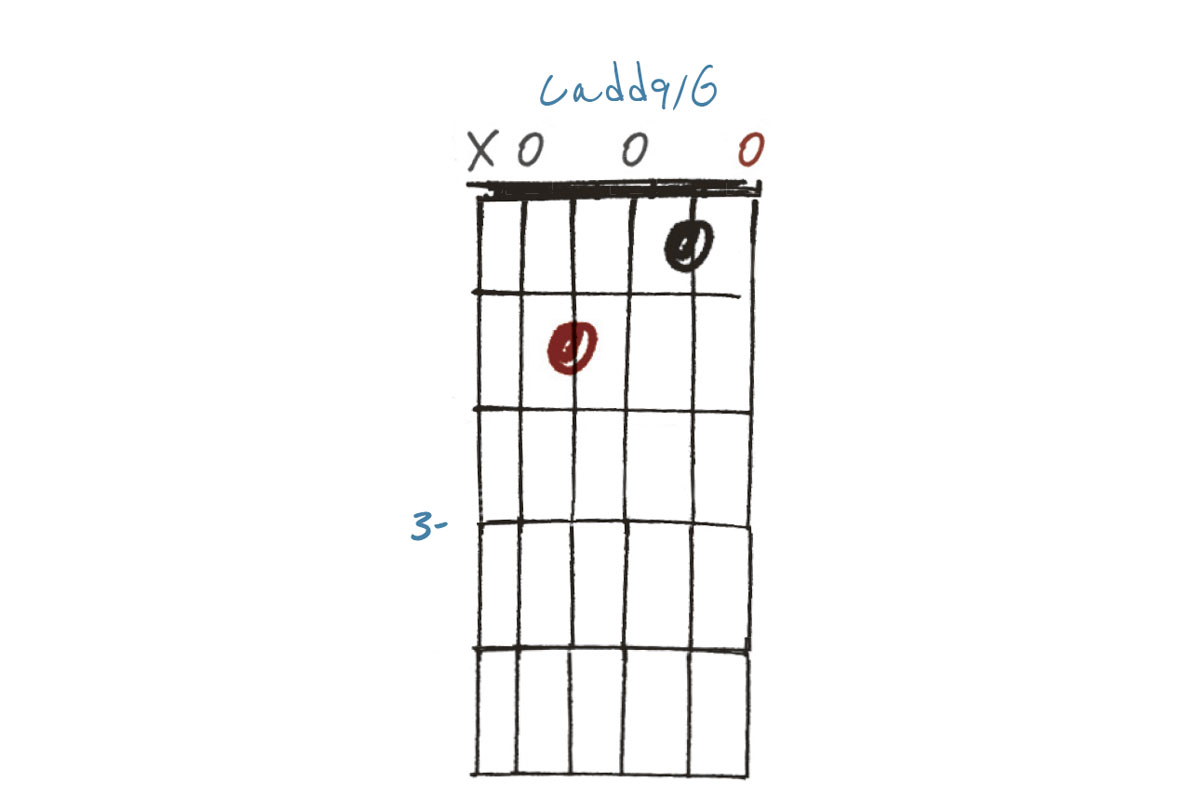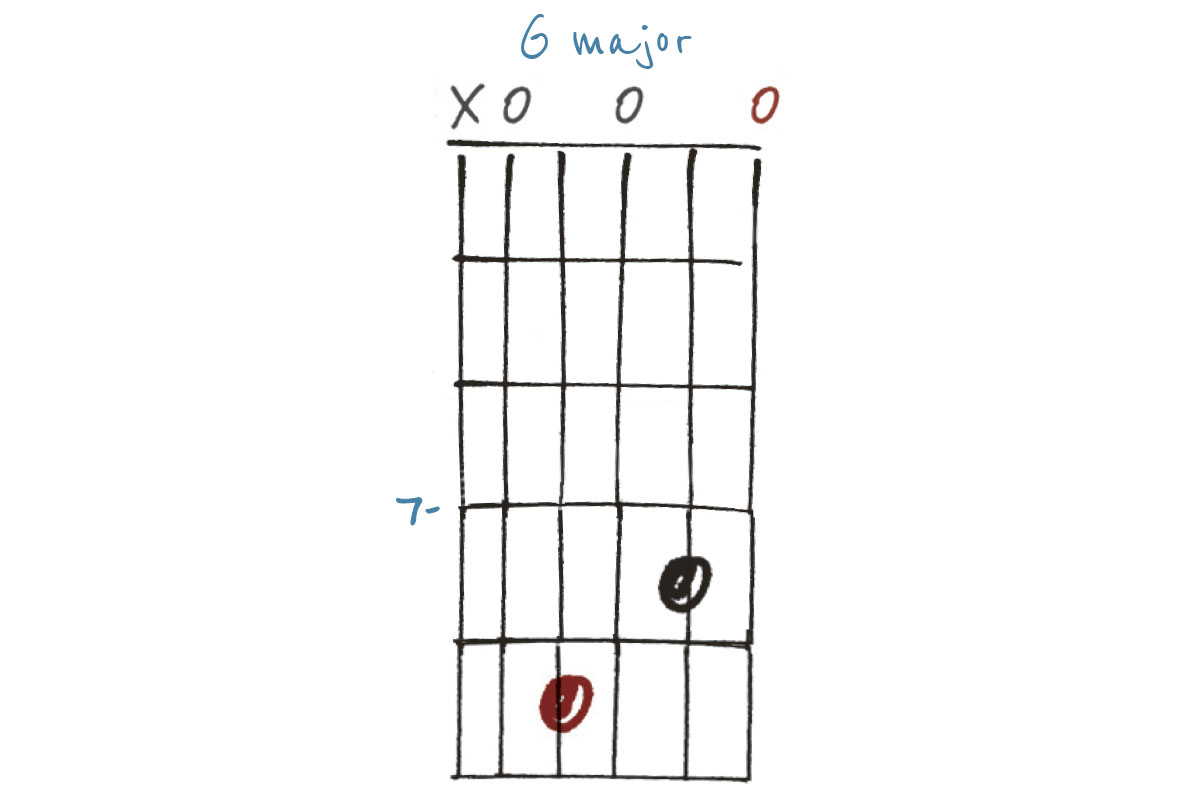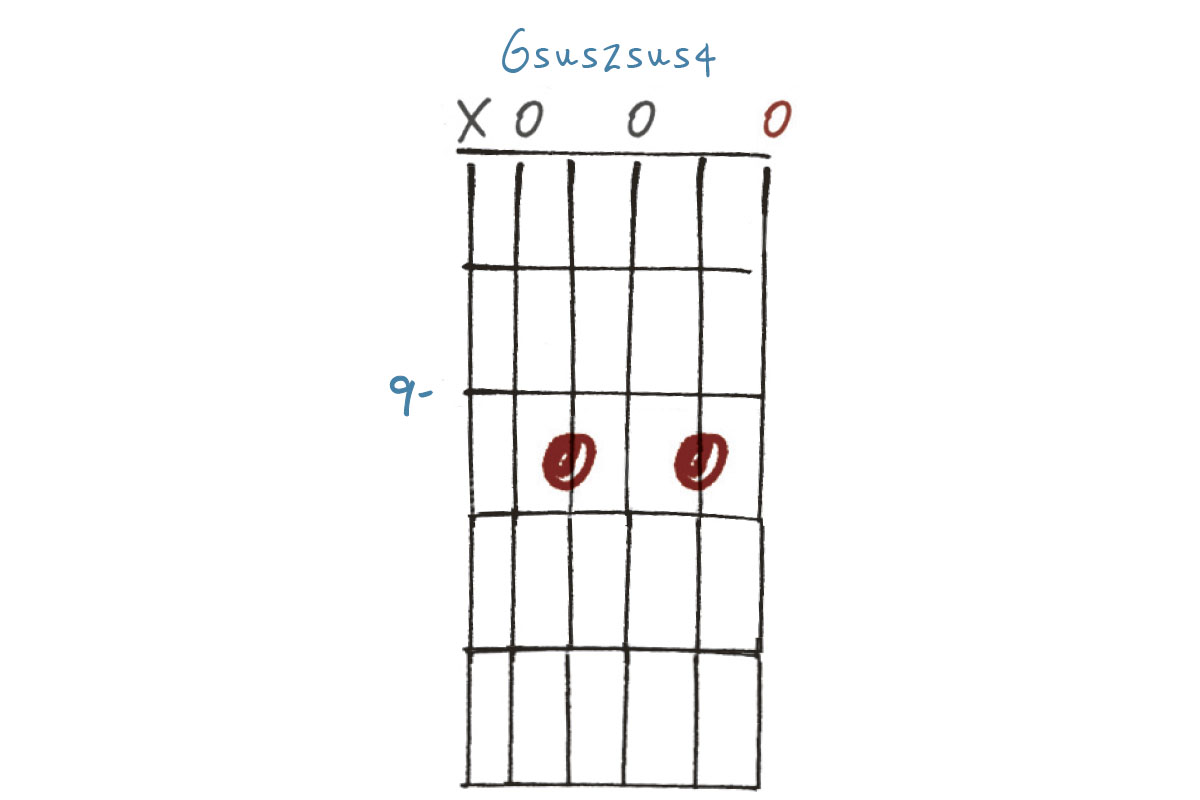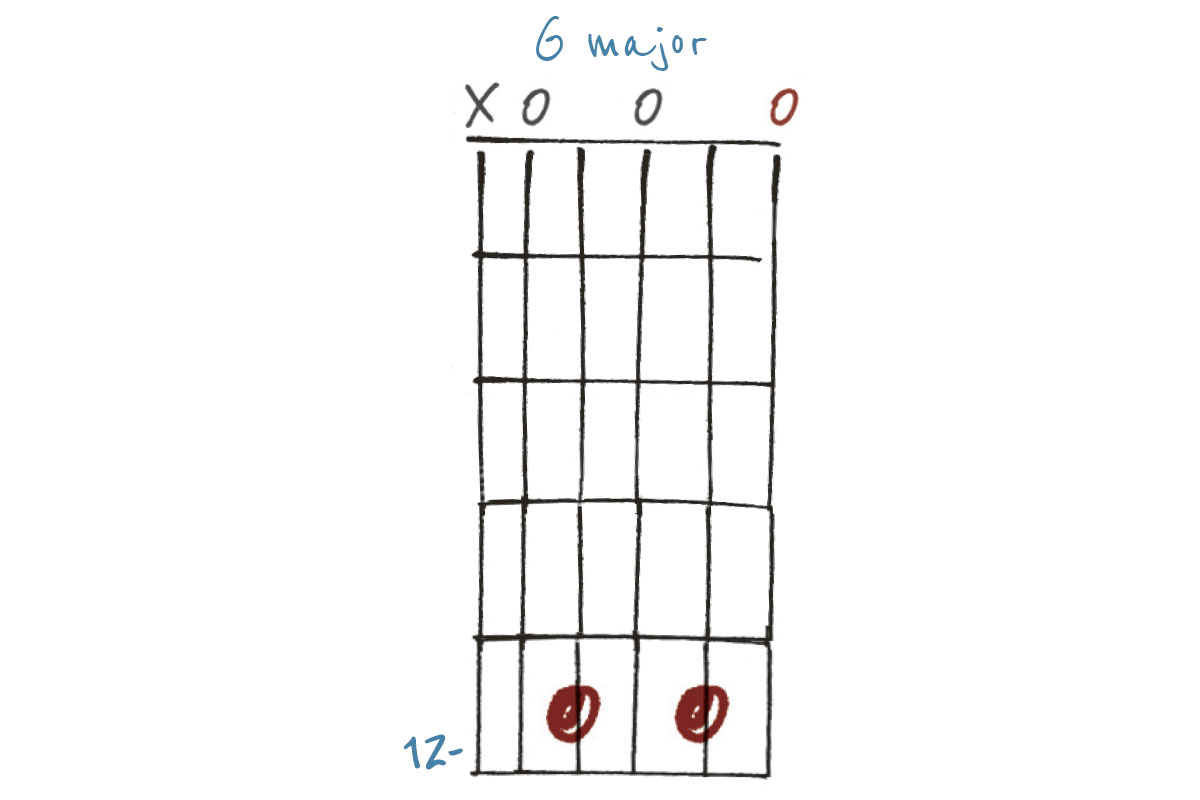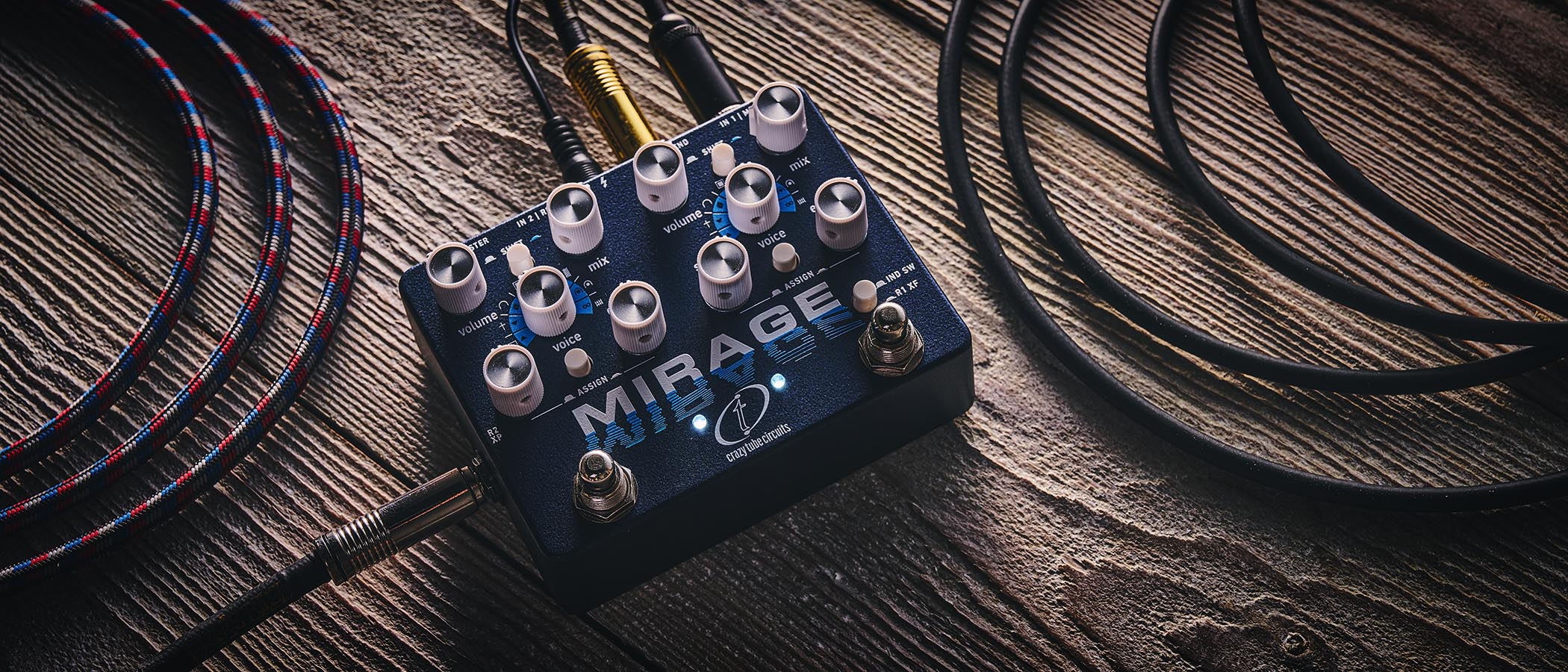Keith Richards' use of open G tuning is the stuff of guitar legend – take a leaf out of his book with these 5 must-learn shapes
No sixth string required…

Of all the alternative tunings in use today, open G must be a contender for ‘most popular’. But before we continue, please allow me to be pedantic for a moment and point out that ‘altered’ and ‘open’ tunings can mean different things.
An open tuning is where the open strings of the guitar are tuned to a chord: in this case, G major (low to high: DGDGBD). An altered tuning can be almost any combination of notes; Jimmy Page, Nick Drake, and Joni Mitchell have all used both altered and open tunings.
With the examples below, you could say I’m coming from the Keith Richards’ school of thought, but open G is also very popular with slide players. Robert Johnson used this tuning on several of his most famous tunes, too.
So, like Mr. Richards himself, I haven’t used the sixth string. In fact, he doesn’t even fit a sixth string to his open G-tuned guitars anymore…
Example 1.
Obviously, using the open strings as Example 1 would have been cheating, so this first example is our starting point. The most logical name for this is Cadd9/G, though G6sus4 could also be correct. As you can see, it’s a two-finger shape, which would give us Amin7 in regular tuning.
Example 2.
Quite dissonant on its own but great in context, this chord goes by the name of Gmaj7 (no 3rd). Though the missing 3rd doesn’t disqualify it from taking the place of a regular Gmaj7, it’s different enough to warrant the extra bracketed description. Note this is the same shape as Example 1, moved two frets higher.
Example 3.
One more use of the same shape: here, it gives us an alternative version of G major. This sounds great when tracked with a regular tuned G chord. Tune the guitar up a tone to open A and you’ll have a fragment of Gordon Giltrap’s acoustic tour de force Heartsong.
All the latest guitar news, interviews, lessons, reviews, deals and more, direct to your inbox!
Example 4.
This is the same chord shape as A7, moved up to the 10th fret. Combined with the open strings, it’s a simple-to-play but hard-to-name chord that I will call Gsus2sus4! The sus2 (C) is played on the fourth string, with the sus2 (A) on the second. There’s no 3rd, but we do have the root (G) and 5th (D) on the fifth and first strings, respectively.
Example 5.
Slide Example 4 up two frets and things become easier to name again! This is another version of G major, with a different ‘stacking’ of notes. Moving different voicings around can be a great way of arranging a ‘chord melody’ style. Check out the end of Led Zep’s That’s The Way.
As well as a longtime contributor to Guitarist and Guitar Techniques, Richard is Tony Hadley’s longstanding guitarist, and has worked with everyone from Roger Daltrey to Ronan Keating.
